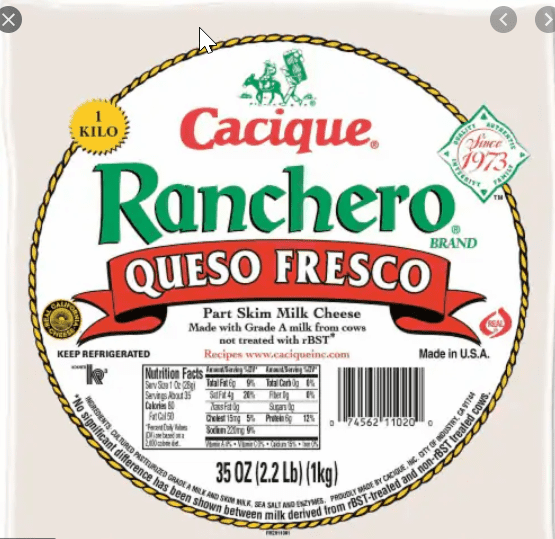mayweatherking
Member
- Joined
- Aug 18, 2015
- Messages
- 1,817
I've seen tillamook recommended, but it costs around 5 dollars per container. Each cheese block doesn't really contain that much, you could probably eat around an entire one per day.
What do you buy?
What do you buy?

